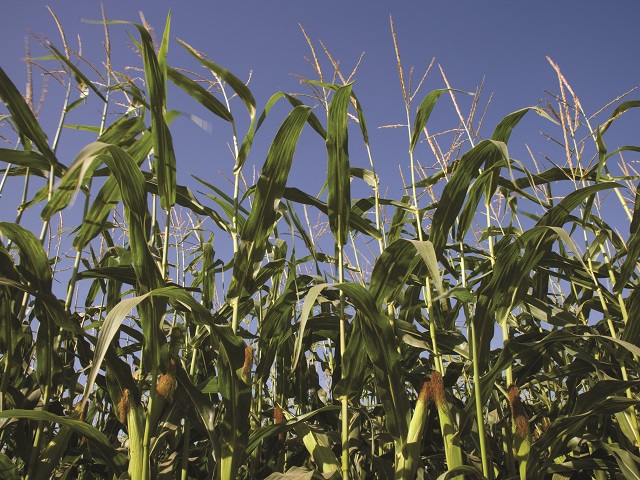USDA Projecting Record Corn, Cotton and Soybean Yields
WASHINGTON, DC – Corn and soybean production is up from 2019, according to the Crop Production report issued Friday by USDA’s National Agricultural Statistics Service (NASS). Soybean production is up 21 percent from last year, forecast at 4.31 billion bushels; corn growers are expected to increase their production 9 percent from 2019, forecast at 14.9 billion bushels.
The average U.S. corn yield is forecast at a record high 178.5 bushels per acre, down 3.3 bushels from last month’s forecast but up 11.1 bushels from last year. NASS forecasts record-high yields in Georgia, Kentucky, Michigan, Minnesota, New York, South Carolina, South Dakota, Washington, and Wisconsin. Acres planted to corn, at 92.0 million, are up 3 percent from 2019. Area to be harvested for grain is forecast at 83.5 million acres, down less than 1% from last month but 3 percent more than was harvested last year. As of August 30, 62 percent of this year’s corn crop was reported in good or excellent condition, 4 percentage points above the same time last year.
Area for soybean harvest is forecast at 83.0 million acres with the planted area for the nation estimated at 83.8 million acres, up 10 percent from last year. Soybean yields are expected to average a record-high 51.9 bushels per acre, down 1.4 bushels from last month’s forecast but up 4.5 bushels from 2019. If realized, the forecasted yields in Indiana, Kentucky, Minnesota, Missouri, Ohio, Pennsylvania, and Tennessee will also be a record high.
The report also included a production forecast for U.S. cotton. NASS forecasts all cotton production at 17.1 million bales, down 6 percent from the August 1 forecast and down 14 percent from last year. Yield is expected to average a record-high 910 pounds per harvested acre, up 87 pounds from 2019. Area planted to all cotton is estimated at 12.1 million acres, down less than 1 percent from the previous estimate and 12 percent below last year. The area to be harvested is forecast at 9.01 million acres, 3 percent below last month’s forecast, and 22% fewer acres than were harvested last season.















































